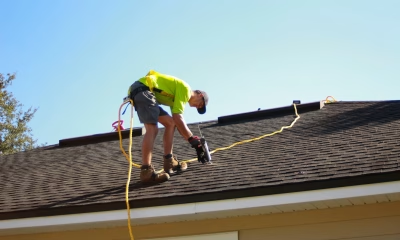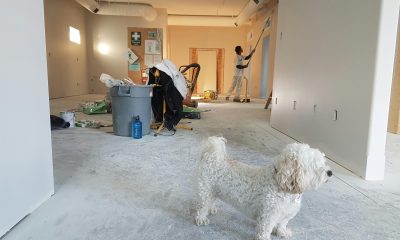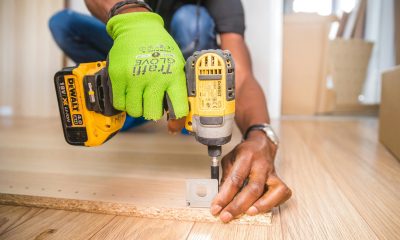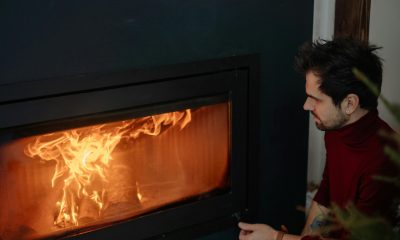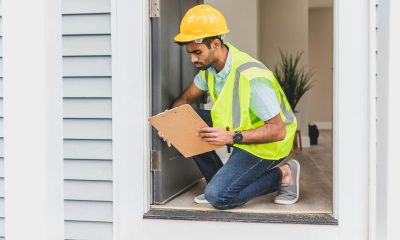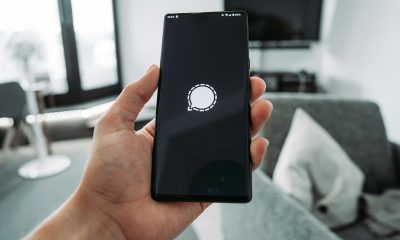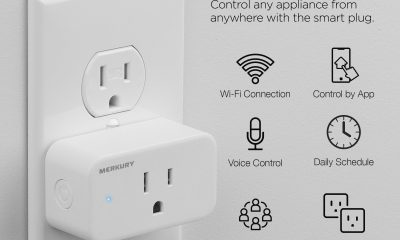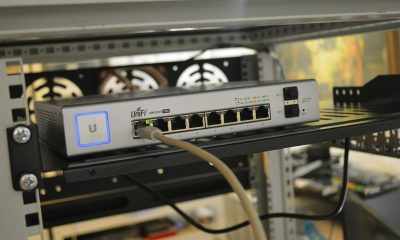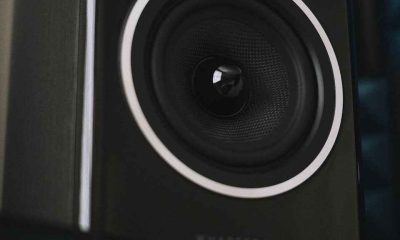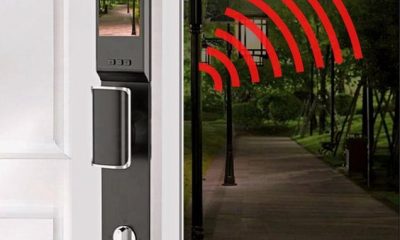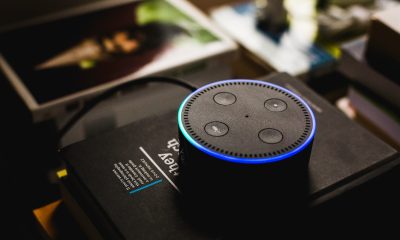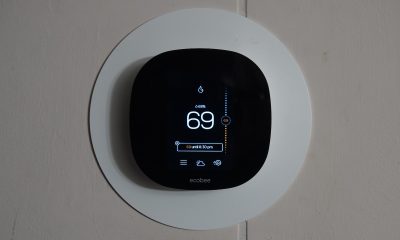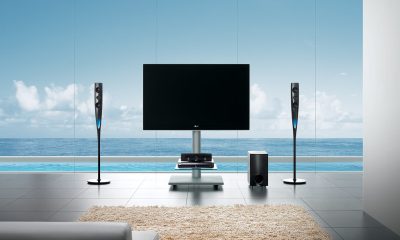Guides
Cooling System Problems Every Homeowner Should Know About

There’s nothing like a scorching summer day to remind you how much you rely on your cooling system. When it works, you hardly notice it. When it doesn’t, comfort disappears fast.
The good news is most cooling system problems show warning signs before they turn into expensive repairs. By learning to spot those signs early, you can keep your home cool, avoid sudden breakdowns, and even extend the life of your AC unit.
Let’s explore the most common issues, why they happen, and what you can do about them.
Uneven Cooling or Weak Airflow
Symptoms: Some rooms feel cooler than others, or airflow from vents feels weak.
Likely Causes:
-
Clogged or dirty air filters.
-
Blocked vents or furniture obstructing airflow.
-
Leaky ductwork reducing pressure.
Fixes:
-
Replace filters monthly.
-
Keep vents clear.
-
Schedule duct inspection and sealing.
Personal Tip: I once had a bedroom that stayed hot no matter what. The culprit? A duct leak in the attic that was spilling cool air before it reached the room. Sealing it solved the problem and lowered my energy bill.
Frequent Episodes of Poor Performance
Performance issues can show up in many ways—strange noises, reduced output, or longer run times than normal. While they might seem minor at first, these problems can become expensive if ignored for too long.
Quick attention keeps them from escalating. Many common central AC issues, like frozen coils, refrigerant leaks, and electrical faults, can be prevented with regular servicing. Experts emphasize that early detection is crucial for preventing breakdowns and ensuring your unit operates smoothly during the summer months.
Symptoms: Strange noises, reduced cooling, or the system running longer than usual.
Common Causes:
-
Refrigerant leaks.
-
Dirty coils restricting heat transfer.
-
Electrical faults.
Why It Matters: Early attention prevents bigger repairs. A frozen coil, if ignored, can burn out the compressor—a costly fix.
Frozen Evaporator Coils
Symptoms: Ice forming on coils or refrigerant lines.
Causes:
-
Low refrigerant levels.
-
Restricted airflow from dirty filters or ducts.
Action:
-
Turn off the system immediately.
-
Call a technician to diagnose and recharge refrigerant if needed.
Graph: Most Common Causes of Coil Freezing
Strange Noises from the Outdoor Unit
Symptoms: Grinding, buzzing, or banging noises.
Possible Issues:
-
Loose parts or debris buildup.
-
Motor bearings failing.
-
Electrical arcing.
Fix: Shut down the system and schedule an inspection. Clearing leaves and dirt around the unit also prevents many of these noises.
Short Cycling
Short cycling is when your unit starts and stops repeatedly within a short time. This constant cycling can waste energy and cause unnecessary wear on parts. Common causes include an oversized unit, thermostat malfunctions, or dirty filters. Addressing short cycling quickly can prevent higher bills and extend the lifespan of your equipment. A professional can assess the cause and recommend the right fix, whether it’s adjusting settings, repairing sensors, or replacing parts that are no longer working correctly.
Symptoms: AC turns on and off repeatedly in short intervals.
Causes:
-
Oversized unit.
-
Malfunctioning thermostat.
-
Dirty filters.
Why It’s a Problem: Short cycling wastes energy and wears out components faster. A technician can recalibrate or replace the thermostat, or diagnose airflow restrictions.
Refrigerant Leaks
Symptoms:
-
Reduced cooling ability.
-
Higher bills.
-
Ice forming on coils.
Why It’s Serious: Refrigerant is critical for cooling. A leak not only reduces efficiency but can also damage the compressor.
Always have leaks repaired by a professional—simply “topping off” refrigerant without fixing the leak is a temporary and costly mistake.
Thermostat Problems
Your thermostat is the control center of your comfort setup. If it’s not reading temperatures correctly or failing to communicate with the unit, you’ll struggle to maintain a consistent indoor climate. Sometimes the fix is simple, like replacing batteries or recalibrating the settings. Other times, upgrading to a programmable or smart thermostat can improve accuracy and efficiency. Having a technician test the thermostat during routine maintenance ensures it’s working properly and keeping your home at the temperature you want.
Your thermostat is the brain of your cooling system.
Issues to Watch For:
-
Incorrect temperature readings.
-
System not responding.
-
Batteries dying or wiring faults.
Fixes:
-
Replace batteries regularly.
-
Recalibrate or upgrade to a smart thermostat.
-
Have wiring inspected during routine maintenance.
Clogged or Dirty Filters
One of the most preventable issues.
Effects of Dirty Filters:
-
Restrict airflow.
-
Make the system work harder.
-
Spread dust and allergens indoors.
Tip: Check monthly, replace every 1–3 months (more often if you have pets).
Table: How Often to Replace Filters
| Household Type | Filter Change Frequency |
|---|---|
| Single person, no pets | Every 3 months |
| Family with pets | Every 1–2 months |
| Allergy-sensitive household | Monthly |
Electrical Component Failures
Your system relies on wiring, capacitors, and contactors.
Signs of Trouble:
-
AC won’t start.
-
Random shutdowns.
-
Burning smell near unit.
Note: Electrical work should always be left to licensed professionals for safety.
Drainage Problems
Cooling systems remove moisture. If the condensate drain gets clogged, water backs up.
Warning Signs:
-
Water pooling near the unit.
-
Musty smells or mold growth.
-
Increased indoor humidity.
Regularly clearing the drain line prevents property damage and air quality issues.
Lifestyle vs. Professional Maintenance
Table: What Homeowners Can Do vs. When to Call a Pro
| DIY Maintenance | Professional Maintenance |
|---|---|
| Replace filters | Refrigerant recharging |
| Keep vents clear | Electrical repairs |
| Clear drain line | Coil cleaning & inspection |
| Outdoor unit cleaning | Duct sealing |
Conclusion
Understanding cooling system problems gives you an edge as a homeowner. Instead of waiting for a breakdown, you’ll recognize early warning signs and act before costs spiral.
From weak airflow and refrigerant leaks to thermostat glitches and drainage issues, every problem has a solution if caught early. Pair your own preventive habits with annual professional maintenance, and your system will stay efficient, reliable, and ready for the hottest days of summer.
FAQs: Cooling System Problems
Q1: What’s the most common AC problem?
Clogged air filters. They’re the easiest to fix and the most preventable.
Q2: How often should I service my cooling system?
At least once a year, ideally before summer begins.
Q3: Why is my AC blowing warm air?
Possible refrigerant leak, frozen coils, or thermostat issues.
Q4: Can I run my AC with frozen coils?
No. Shut it off immediately to prevent further damage and call a technician.
Q5: How do I know if my AC is short cycling?
If it switches on and off every few minutes instead of running steady cycles, it’s short cycling.
-
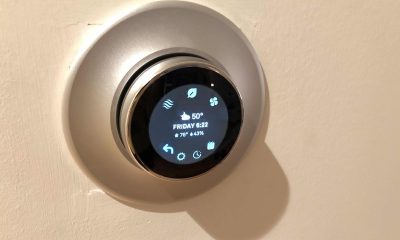
 Gadgets3 years ago
Gadgets3 years agoDoes Nest Thermostats Contain Cameras Or Microphones? Is It Safe For you?
-

 Guides1 year ago
Guides1 year ago10 Best Apps To Control All Your Smart Home Devices.
-
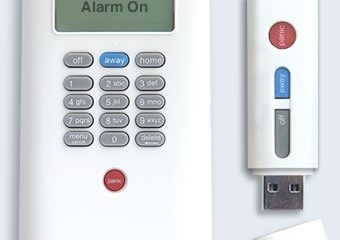
 Gadgets3 years ago
Gadgets3 years agoWhat Is The Purpose Of Red Button On The SimpliSafe Keypad?
-
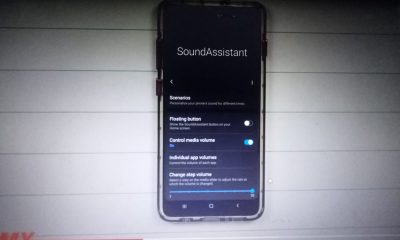
 Gadgets2 years ago
Gadgets2 years agoComplete Guide About Equalizer settings for Samsung-Soundbar
-
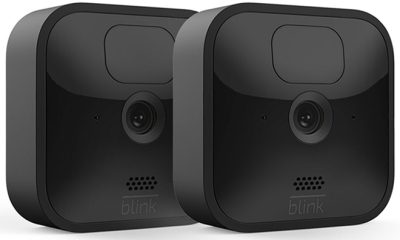
 Accessories2 years ago
Accessories2 years agoBlink Camera’s Temperature Sensor Settings, and More
-
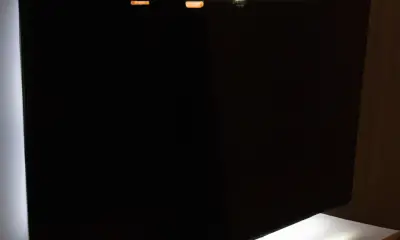
 Solutions3 years ago
Solutions3 years agoWhy is My Samsung TV Picture So Dark? Exploring the Possible Causes
-

 Gadgets3 years ago
Gadgets3 years agoFitbit Symbols Meaning: What Do The Fitbit Icons Mean?
-

 Accessories2 years ago
Accessories2 years agoCan Siri Control Samsung Televisions And Are Samsung TVs Homekit Compliant?






